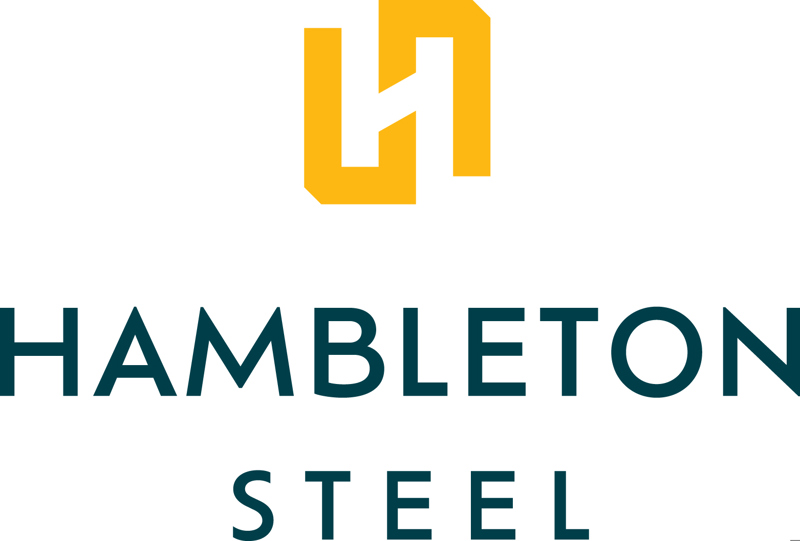EfW facility l Steel structure challenges and solutions by Hambleton Steel
Posted on 16 January 2025

Hambleton Steel have in-house engineers who have been faced with numerous structural requirements for various Energy from waste facilities. Each facility had different requirements, and our team needed to be ready to adapt with solutions.
The advantages to building with steel for an EfW structure means design can be flexible and there is a carbon acknowledgement to recyclability by using material with potential to be used again. However, designing and constructing an EfW facility with steel also presents unique engineering challenges. We’ve put together structural and engineering factors our team have been faced with over the years.
Structural Integrity and Material Properties
Steel offers high tensile strength and excellent load-bearing capacity, making it a suitable material for the complex structures of EfW facilities. There are various elements our engineers need to consider:
- Thermal Expansion and Contraction: EfW processes generate significant heat, leading to thermal expansion and contraction of steel components. Proper expansion joints and allowances in design are critical to prevent structural deformation.
- Corrosion Resistance: The combustion and waste processing in EfW facilities produce gases and by-products that can be corrosive. Engineers must select corrosion resistant surface treatment, in some cases including an option for intumescent coating, to ensure structural longevity.
- Fatigue Resistance: Steel components in EfW facilities are often subjected to cyclic loading from equipment vibrations, particularly from cranes. Proper material selection and detailed fatigue analysis are required to prevent premature failure.
Design Considerations
EfW facilities are large and complex, requiring meticulous design to meet functional and safety requirements. Key considerations include:
- Load Distribution: The structure must support heavy machinery, such as turbines, boilers, and conveyor systems. Our structural engineers will calculate load paths to ensure stability.
- Dynamic Loads: The facility’s operation generates dynamic forces that can affect the steel framework. Advanced modelling and analysis are necessary to account for these dynamic loads.
- Wind Resistance: Depending on the location, the design must account for high wind loads. Steel structures must be engineered to absorb and dissipate these forces effectively.
- Fire Protection: The high temperatures in EfW facilities demand robust fire protection measures. Our team incorporate intumescent / fire-resistant coatings, insulation, or other passive fire protection systems to safeguard the steel structure.
Construction Challenges
Building an EfW facility with a steel structure also involves logistical and construction programme challenges, something our team have many years of experience, including:
- Precision Fabrication and Assembly: Steel components are often prefabricated off-site, requiring precision engineering to ensure they fit together seamlessly when reaching site.
- Erection Sequencing: The complex geometry and large scale of EfW facilities necessitate detailed planning of erection sequences to maintain structural stability throughout the construction process.
- Safety Considerations: Construction in active industrial environments demands stringent safety protocols to protect workers from hazards such as falls, heavy equipment, and high temperatures.
Environmental and Sustainability Factors
EfW facilities are designed to promote sustainability, and the choice of steel aligns with this goal due to its recyclability. However, environmental considerations include:
Life Cycle Assessment (LCA): Out engineers may evaluate the environmental impact of steel production and transportation. And we will opt for UK sourced steel helping to potentially reduce the facility’s carbon footprint.
Collaborative Expertise
Successfully addressing these challenges is only achieved through working together and collaboration with the clients we work with and the rest of the project team.
Conclusion
At Hambleton Steel, our in-house structural engineers are constantly reviewing the latest and advanced engineering techniques. They use work in a collaborative approach bring the best of expertise together.





